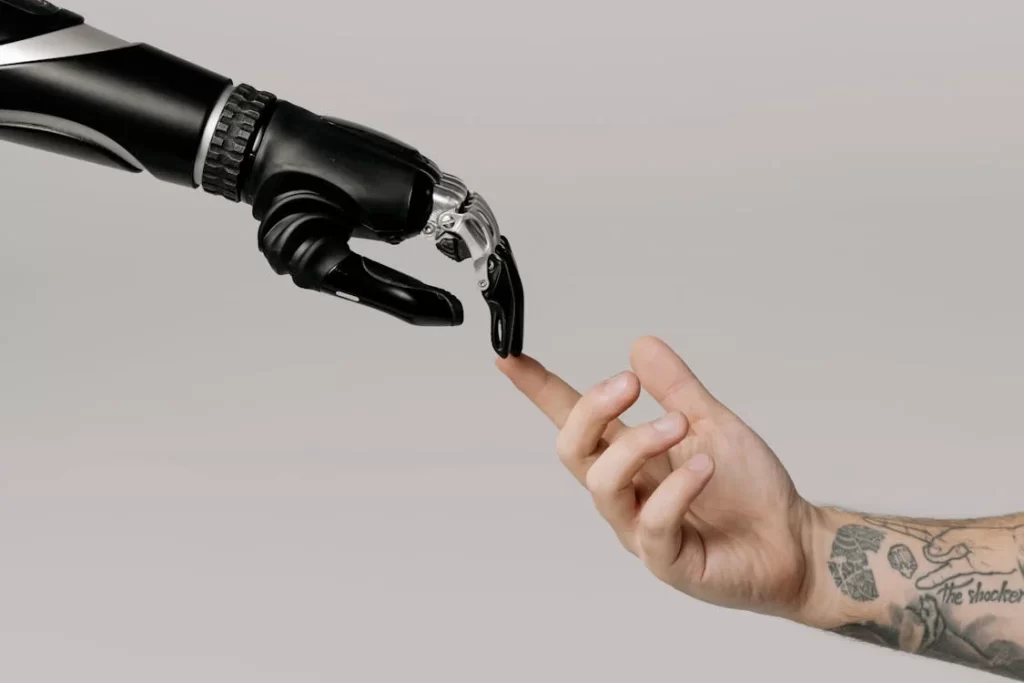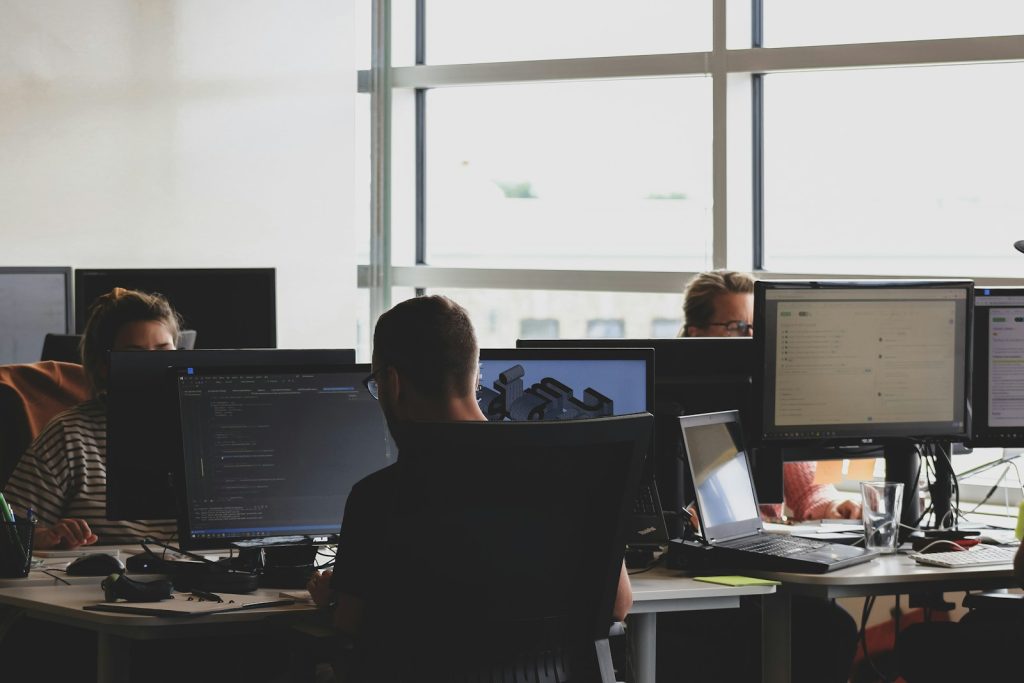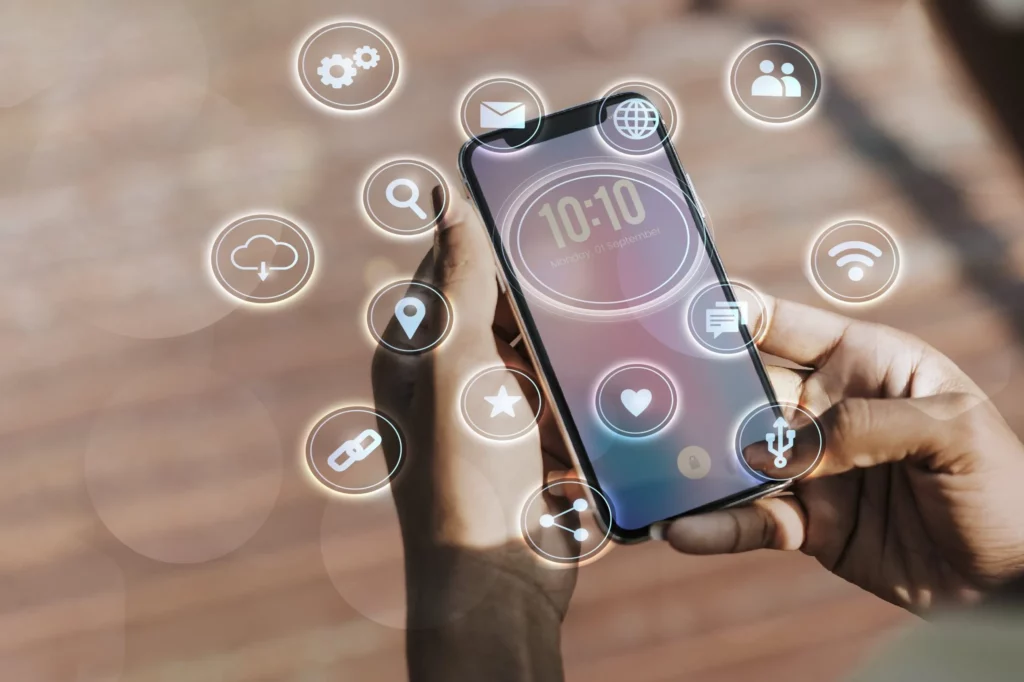Introduction: The Allure of AI in Hiring
Let’s face it—hiring is hard. The process is time-consuming, emotionally draining, and often full of uncertainty. So it’s no surprise that more and more companies are turning to artificial intelligence (AI) to make things smoother. AI promises to sort through thousands of resumes, schedule interviews, and even predict who might be a good cultural fit. Sounds like a dream for busy HR teams, right?
But here’s the catch: can we fully trust the technology to be fair?
Beneath the convenience and speed, there’s a growing concern about how these AI systems are making decisions—and whether they’re doing it fairly. This brings us to a topic we can’t afford to ignore: algorithmic bias in hiring.
What Is Algorithmic Bias—and Why Should HR Care?
Algorithmic bias sounds technical, but at its core, it’s about fairness. It happens when the data or rules used by software unintentionally favor certain types of people over others.
For example, if an AI tool learns from historical data—say, past hiring records—it may replicate the same preferences or prejudices those records carry. If a company has historically hired more men for leadership roles, an AI trained on that data might prefer male candidates, even without being told to.
Why does this matter? Because people’s careers and livelihoods are at stake. An unfair algorithm could mean someone never even gets a callback—just because they didn’t go to a well-known university or because their name doesn’t “sound” familiar.
How AI Is Being Used in Hiring Today
AI in HR is no longer a futuristic idea. It’s already being used in various ways:
- Resume screening: AI tools scan applications to find keywords and rank candidates.
- Chatbots: Some companies use bots to interact with applicants, answer questions, and schedule interviews.
- Video interview analysis: Certain platforms use facial expressions, speech patterns, and even tone to “score” candidates.
- Predictive analytics: Algorithms try to forecast who’s most likely to succeed in a role or stay with the company long term.
On paper, all of this sounds efficient. And often, it is. But when these tools operate behind the scenes without oversight, they can make silent, biased decisions that affect real people.
Real Examples That Raised Red Flags
You don’t have to look far to find cautionary tales. Several well-known companies have faced backlash for their use of AI in hiring:
- A large tech company built a hiring tool that ended up favoring male candidates for technical roles. Why? The system was trained on resumes from the past decade—most of which came from men.
- Some video interview tools were found to be less accurate in analyzing candidates with darker skin tones or heavy accents, which unfairly impacted diverse applicants.
- Certain resume screeners have been shown to filter out candidates from specific postal codes or lesser-known colleges, assuming those candidates are less qualified.
In each of these cases, no one programmed the tool to discriminate. The bias was baked into the data the tools were trained on—or the assumptions behind how “success” was measured.
Why This Is More Than a Tech Problem
At first glance, this might seem like a technical issue for engineers to fix. But in reality, it’s a human problem—and one that HR leaders, hiring managers, and business owners need to take seriously.
When AI makes biased decisions, it isn’t just unfair—it’s also a legal and reputational risk. Discrimination in hiring, even if unintentional, can violate labor laws. And from a brand perspective, a company known for biased hiring practices may struggle to attract diverse, talented individuals.
More importantly, it erodes trust. People want to feel that their job application is being reviewed fairly—that their background or identity isn’t quietly working against them.
So, What Can We Do About It?
Luckily, bias in AI isn’t inevitable. With the right steps, companies can use technology responsibly—balancing efficiency with fairness. Here’s how:
1. Keep Humans in the Loop
AI should assist, not replace, human decision-makers. Use it to speed up repetitive tasks, but let people make the final calls—especially for shortlisting or rejecting candidates.
2. Be Transparent
Let applicants know when AI is being used in the hiring process. Explain how it works and what it affects. Transparency builds trust and encourages accountability.
3. Audit Your Tools
Regularly review how your hiring software is performing. Are certain groups getting disproportionately rejected? Are there patterns that don’t feel right? If so, investigate—and fix them.
4. Diversify Your Data
AI learns from data. If that data is narrow or skewed, the results will be too. Make sure the systems are trained on diverse data that reflects a wide range of experiences and backgrounds.
5. Choose Ethical Tech Partners
Not all software is created equal. Work with vendors who are open about how their tools work, who invest in fairness testing, and who are willing to adapt based on feedback.
The Balance Between Progress and Responsibility
AI is not the villain here. In fact, when used thoughtfully, it can help reduce human biases, make hiring more efficient, and open doors for overlooked candidates. But it must be guided with care, empathy, and oversight.
Technology should enhance human decision-making, not replace it. It’s about finding the sweet spot—where smart automation meets human values.
Final Thoughts: Why This Matters to All of Us
At AMS Inform, we work with organizations that care deeply about trust, transparency, and compliance. We understand that hiring isn’t just about filling roles—it’s about building teams that reflect your values.
If your company is exploring AI-driven hiring tools, this is the perfect time to pause and ask the hard questions: Are we being fair? Are we being inclusive? Are we building processes we’d be proud to explain to every single candidate?
Because in the end, how you hire says a lot about who you are.
If you’re thinking about adding more transparency, compliance, or verification layers to your hiring process—whether AI is involved or not—we’re here to help. Let’s build a future where technology works for people, not against them.

















